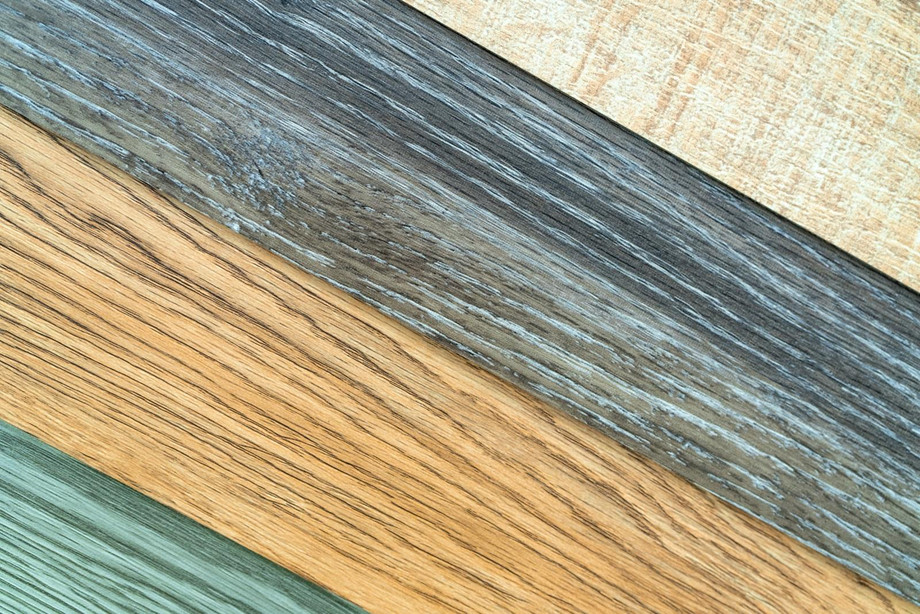Introduction
When it comes to home decor, choosing the correct wood veneer color holds utmost importance. The right wood veneer color not only enhances the visual charm of a space but also plays a role in shaping the mood and behavior of its inhabitants. Hence, it’s crucial to select a wood veneer color that promotes a cohesive and inviting environment. This article explores the importance of color in interior design and delves into the psychological effects associated with various natural wood veneer colors.
Influence of Natural Wood Veneer Colors on Human Mood and Behavior
The hue of wood veneer plays a pivotal role in shaping human mood and behavior. While color perception is inherently subjective, research has consistently shown that colors can elicit distinct emotional and psychological reactions. Wood veneer colors have the ability to create a particular atmosphere in a space, influencing the emotions and actions of individuals within that setting. For example, warm wood veneer tones can evoke feelings of coziness and comfort, whereas cooler tones may instill a sense of calmness and tranquility.
Psychological Impact of Colors in Natural Wood Veneers
Each natural wood veneer color carries its own psychological effects. Warm tones like mahogany and cherry create a cozy and intimate ambiance, evoking feelings of comfort, security, and passion. On the other hand, cool hues such as ash or maple have a calming influence, fostering relaxation and establishing a serene environment. Likewise, neutral wood veneer colors like oak or walnut offer versatility and adaptability, serving as a neutral backdrop that complements diverse decor styles and allows other elements in the room to take centre stage.
Criteria for Choosing the Appropriate Natural Wood Veneer Color
Consider the following guidelines when choosing the perfect natural wood veneer color for your home decor:
-
Assess the current color palette and decor style of the space. Select a wood veneer color that complements and elevates the overall design scheme. For example, in a space with a contemporary decor style and a neutral color palette, such as black, grey, and white, choosing a wood veneer color in a similar tone creates a seamless and harmonious look.
-
Recognize the impact of lighting on color perception. Account for how the wood veneer color will appear in various lighting conditions, including natural and artificial light. The same wood veneer color can exhibit different tones in bright daylight, warm incandescent lighting, or cool fluorescent lighting.
-
Familiarize yourself with the psychological effects associated with different wood veneer colors. Consider the mood and ambiance you aim to establish in the space and choose a color that aligns with those intentions. For a calming environment, opt for cool colors like green, blue, and purple.
-
Draw inspiration from current interior design trends and your personal preferences. Explore examples and references that resonate with your style and tastes.
-
Request samples of various wood veneer colors and visualize them in the actual space. This enables you to observe how the color interacts with the surroundings, helping you make a more informed decision.
In Summary
The selection of the perfect natural wood veneer colors is a pivotal aspect of home decor. Beyond enhancing visual appeal, these colors play a crucial role in shaping the mood and behavior of inhabitants. The influence of wood veneer hues on human emotions is subjective yet significant, contributing to the creation of specific atmospheres within a space. Warm tones evoke coziness, cool hues instill calmness, and neutral colors offer adaptability.
To ensure the right choice, consider the provided criteria when selecting natural wood veneer colors. Assess the existing color palette, acknowledge lighting variations, understand psychological effects, draw inspiration from trends and preferences, and utilize samples for visualization. By adhering to these guidelines, one can create a harmonious and inviting home environment that aligns with individual style and intentions.

